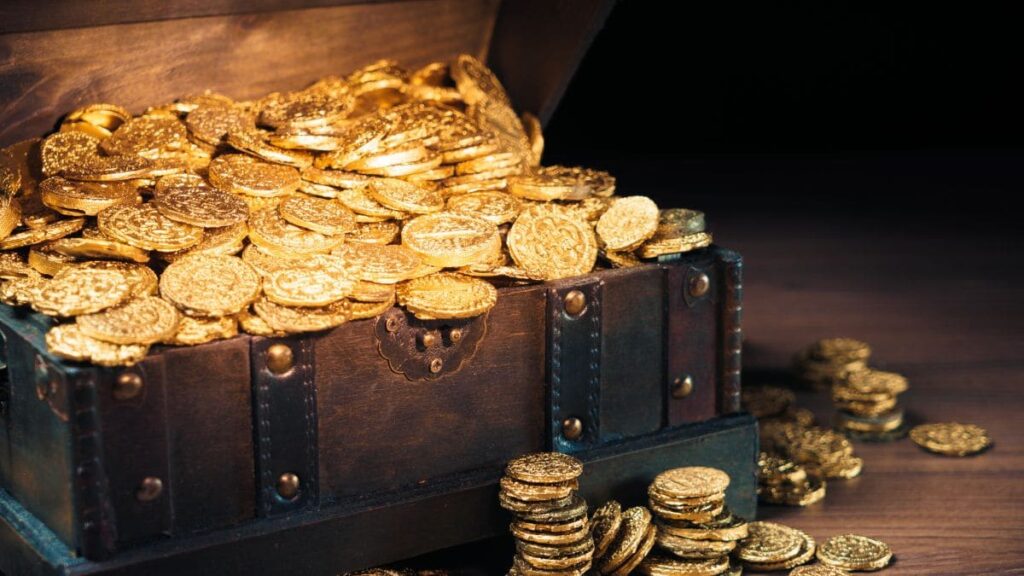In May, Claus Völker, a resident of Glottertal, Germany, discovered “small metal plates” in the ground while installing subway pipes near a swimming pool, he reported in a translated statement from the State Monument Preservation Office of the Stuttgart regional council.
Later that day, archaeologists arrived at the site and quickly uncovered approximately 1,000 coins. The next day, rain turned the ground into a knee-deep quagmire; however, equipped with metal detectors, the archaeologists managed to recover about 600 additional metal coins.
Andreas Haasis-Berner, an archaeologist from the State Office for the Preservation of Monuments, clarified that most of the coins come from mints located in Breisach, Zofingen and Fribourg, all founded around 1320 A.D. In addition, the collection includes individual coins that were minted in Basel, St. Gallen, Zurich, Laufenburg and Colmar.
The value of the treasure found
At the time of its loss on German soil, what was the value of the collection? According to Haasis-Berner’s statement, “the coins could have bought approximately 150 sheep.”
According to Popularmechanis news media, experts credit Völker with the discovery of “one of the largest collections of medieval coins in recent years.” Without his efforts, those coins would still be just a pile of scrap metal on the ground.
The area where the coins were discovered could harbor other hidden mysteries related to their historical context. “Glottertal has been one of the key mining regions for the Dukes of Freiburg,” Haasis-Berner said, Live Science reported. “The site of the coin discovery was a primary settlement area for miners.”
In 2016, more than 200 coins from the 14th century were accidentally discovered in a forest near Zurich, Switzerland. Despite their historical significance, these coins could only buy 25 sheep. This discovery, along with other finds in the area, contributes to a narrative of history that often reflects themes of political upheaval or payments made to mercenary forces.
The new coin hoard not only provides a significant asset for the region and presents an exciting treasure trove to explore, but may also enhance our understanding of that historical period. Haasis-Berner states, “The evaluation of this coin hoard will allow us to make statements about the circulation of coins in Breisgau, the minting processes at the mints, the silver trade and also the mining activities in Glottertal.”
